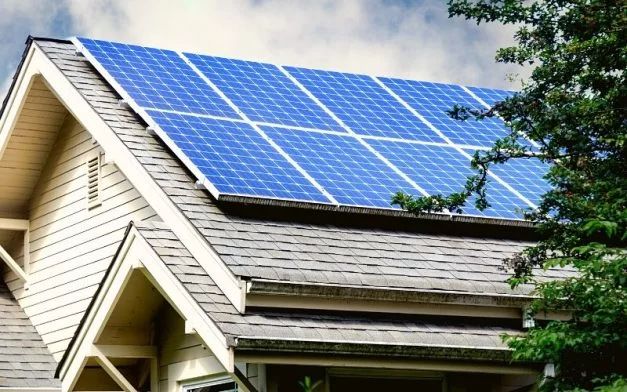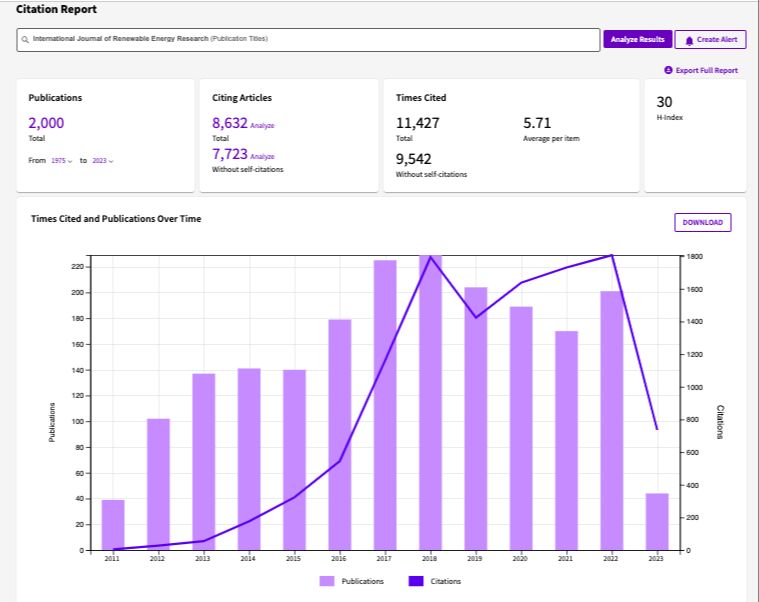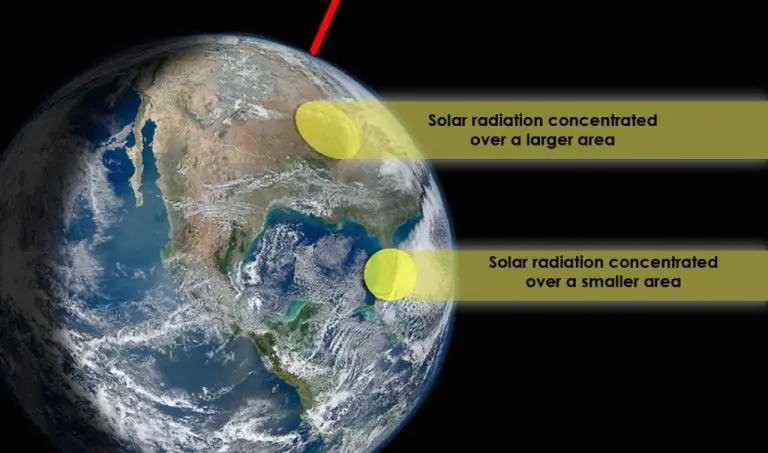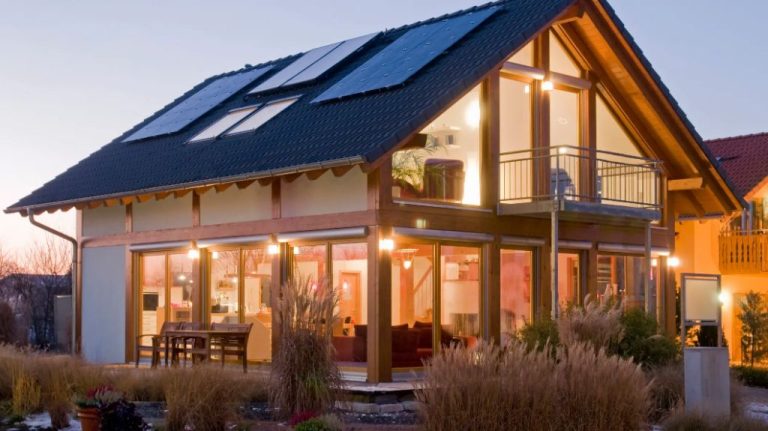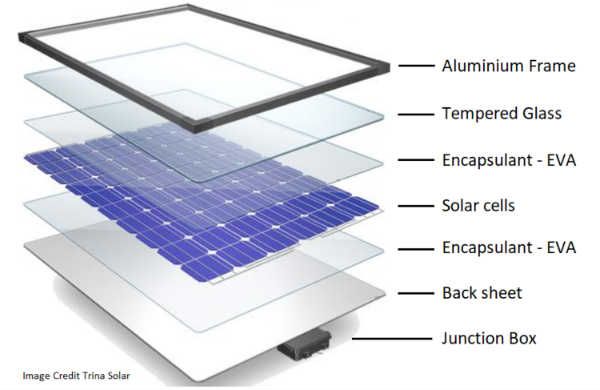How Much Does A 15Kw Solar System Cost?
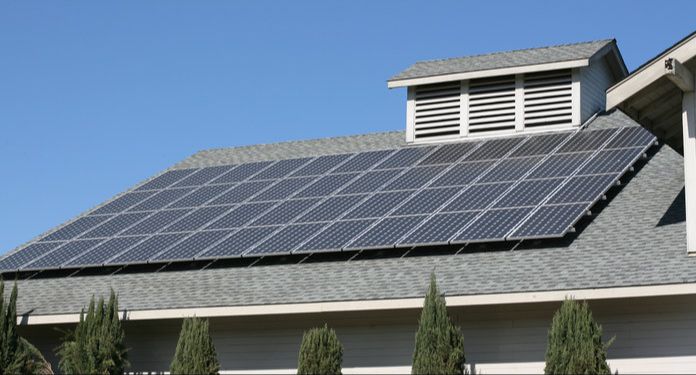
Solar power systems have become an increasingly popular way for homeowners to generate their own electricity. The upfront costs of solar power systems have decreased in recent years, making this renewable energy source more accessible. However, system costs can still vary widely depending on the size of the system and other factors.
This article provides an overview of the costs associated with installing a typical residential 15kW solar power system. It will examine the main equipment expenses, installation charges, permitting fees, and ongoing maintenance costs. Location-specific incentives and projected energy savings will also be discussed to give a complete picture of the total cost of a 15kW system.
Understanding these factors can help homeowners budget for a solar system installation and calculate potential return on investment. The goal is to provide helpful information so readers can make informed decisions about investing in solar power.
System Size
A typical residential solar system size ranges from 4-9 kilowatts (kW), with the average system size being around 5 kW [1]. For a single family home, a 5 kW system can cover about 60-80% of the household’s electricity usage. However, this article is analyzing the cost of a larger 15 kW system to fully cover the energy needs of a home and perhaps even produce excess energy that can be sold back to the grid.
A 15 kW solar system is on the larger side for a residential setting, but is suitable for a home with high energy usage, such as one with multiple occupants, large appliances, electric vehicles, and other factors that increase electricity demand. The larger system size of 15 kW will ensure that all the home’s electricity needs can be met by the solar panels, even on low sunlight days or peak usage times. This provides maximum energy bill savings compared to smaller sized systems that may not fully cover household usage at all times [2].
Equipment Costs
The main equipment costs for a 15kW solar system include:
- Solar panels – This will likely be the biggest expense, estimated at around $1.50-$2.50 per watt according to EnergySage. For a 15kW system, that equates to $22,500-$37,500 just for solar panels.
- Inverters – Inverters convert the DC power from panels into usable AC power for your home. Costs range from $0.20-$0.40 per watt, so $3,000-$6,000 for a 15kW system according to NRG Clean Power.
- Racking – Racking securely mounts the solar panels, typically adding $0.50-$1.00 per watt installed. For 15kW that’s $7,500-$15,000.
- Wiring, conduit, and other electrical components will cost around $0.50 per watt or $7,500 for 15kW.
In total, equipment costs frequently reach $3-$5 per watt for residential solar installations. So for a 15kW system, the equipment alone ranges from $45,000-$75,000 before incentives.
Installation Costs
The cost of labor and time to install a 15kW solar system can vary greatly depending on the complexity of the job. According to https://www.ucl.ac.uk/bartlett/energy/sites/bartlett_energy/files/ucl_ei_net_zero_land_use_for_cpre_barrett_scamman_180523.pdf[1], solar installation costs typically range from $2-$4 per watt. For a 15kW system, that translates to $30,000-$60,000 just for installation.
The main factors that affect installation costs are:
- Location and accessibility of the roof or mounting area
- Condition of the roof or mounting area and need for repairs/reinforcement
- Complexity of the electrical work needed
- Labor costs, which vary by region
More complex installations or those requiring steep rooftop access, extensive wiring, or structural reinforcements will be on the higher end of the cost range. Simpler installations on easily accessible roof spaces can achieve the lower end. Overall, most experts estimate $3/watt as the average installation cost for residential solar in the U.S.
In addition to the installation costs, there are permit fees to obtain, which can range from $200 to over $1,000 depending on the jurisdiction.
Permitting & Inspection
Installing a residential solar system requires obtaining permits and passing inspections before the system can operate. The permitting process involves submitting detailed plans and documentation of the system to the local permitting office for review. This ensures the system meets all code and safety requirements. Typically the solar installer handles permitting, but homeowners may have to pay permitting fees.
According to the U.S. Department of Energy, permitting fees for residential solar average $400-$600, but can exceed $1,000 in some areas [1]. The fees go towards plan review and on-site inspections. Inspections occur at stages like: after mounting rack installation, after electrical work, and final inspection before operation. Going through proper permitting and inspection ensures a code-compliant, safe solar system.
There may also be fees to the utility for interconnecting the solar system to the grid. These interconnection fees are typically around $100-$150. Overall, homeowners can expect total permitting, inspection, and interconnection costs to fall in the range of $500-$1000 for a residential solar installation.
Ongoing Costs
While the upfront cost of a solar system can be high, the ongoing costs are relatively minimal in comparison. There are a few recurring costs to factor in:
Maintenance: Solar panels typically require little maintenance. However, it’s recommended to have them inspected annually to check for damage, dirt/debris buildup, etc. Annual maintenance costs range from $80-$150 per visit. Beyond 20 years, panels may need replacement, costing $10,000-$20,000.
Inverter replacement: Inverters typically last 10-15 years. Replacing an inverter runs $1,000-$3,000.
Insurance: Homeowners insurance will need to cover the solar system, usually adding $50-$100 per year.
Monitoring: Many solar installations include monitoring software for $10-$20 per month to track system performance.
Overall, expect to budget about $200-$500 per year for ongoing costs after installing solar panels (Source). While not insignificant, these pale in comparison to typical utility bills, providing long-term savings.
Location Factors
The geographical location of the solar installation has a major impact on overall system costs. Areas that receive more annual sunlight and have higher solar irradiance levels can produce more energy for the same size system, lowering the cost per watt. Locations closer to the equator generally have higher solar potential. For example, the American Southwest has around 30% higher solar irradiance levels than the Northeast region, enabling solar panels in those states to have greater output for the investment.
Local electricity rates also impact the value proposition of going solar. In areas with high retail electricity prices, a solar system can offset higher utility costs, allowing faster payback and more savings over the system lifetime. Places like California and Hawaii that have expensive grid power especially benefit from installing solar arrays to reduce monthly electricity bills.
Additionally, some states and utilities offer more favorable incentives, rebates and solar policies that can directly lower out-of-pocket costs. Factor in the availability of solar tax credits, performance-based incentives, renewable energy certificates, and net metering agreements to calculate the total long-term savings achievable in a given location.
Regional labor and permitting costs can also drive price variances. More solar industry competition and higher labor availability in mature solar markets helps reduce quotes for customer acquisition, system design, installation, and maintenance. Streamlined local permitting processes and inspection requirements could potentially yield cost savings as well.
Incentives & Savings
There are various federal, state, and utility incentives that can help offset the costs of installing a 15kW solar system and make going solar more affordable.
At the federal level, there is an investment tax credit (ITC) that allows you to deduct 26% of the cost of installing a residential solar system from your federal taxes. This can save thousands of dollars on a typical system installation (Source). The ITC is currently scheduled to step down after 2023, so acting soon can maximize savings.
Many states also offer additional incentives for going solar, including rebates, tax credits, and solar renewable energy credits (SRECs). For example, California offers both a state tax credit covering 5% of system costs and rebates up to $3.00 per watt through the California Solar Initiative. Massachusetts offers a state tax credit of up to $1,000 as well as an SREC program. And New York provides a 25% state tax credit up to $5,000 (Sources).
Additionally, some utilities offer cash incentives or rebates to homeowners who install solar panels. These can range from a few hundred to a few thousand dollars, helping offset upfront expenses. It’s worth checking with your local utility to ask about any solar incentives or rebates they may offer.
Taking advantage of federal, state, and utility incentives can lower the net cost of a solar system by thousands of dollars. Careful planning and research are needed to maximize savings opportunities through financial incentives.
Total Cost Estimate
Based on average costs, a 15kW residential solar system is likely to cost between $35,000 and $45,000 in total. This includes the solar panels, inverters, racking, wiring, permits, installation labor, and any additional electrical work needed. The final cost can vary significantly based on your specific location, roof type, electricity usage, and the incentives or rebates available.
According to the National Renewable Energy Laboratory’s report on solar costs in 2021, the average cost per watt for a residential solar system ranges from $2.50 to $3.50. For a 15kW system, that results in a total equipment and installation cost of $37,500 to $52,500.
However, costs have been steadily declining thanks to improvements in solar panel technology and efficiencies. The Solar Energy Industries Association reports median installed costs closer to $3 per watt. At $3 per watt, a 15kW system would cost around $45,000.
In addition to equipment and installation costs, you may need to budget for permits, which could be $500-$2,000. Ongoing maintenance is usually $100-$300 per year. Financing costs can add thousands in interest depending on loan terms.
The final cost of a 15kW solar system for your home comes down to the specifics, but you can reasonably expect to pay in the range of $35,000-$45,000 in today’s market. Get quotes from multiple local installers to determine the exact system cost based on your particular home and electricity usage needs.
Conclusion
The cost to install a 15 kw solar system ranges between $80,000 and $120,000 depending on your location and the equipment included. While solar panels account for about half the system price, you also need to factor in the costs for wiring, inverters, labor, permits, and ongoing maintenance. Regardless, with incentives and long-term savings from reduced electricity bills, a 15 kw solar installation can pay for itself in 7-12 years.
The key factors that determine total solar system costs are the equipment needed based on your home’s energy use, local labor and permitting costs, your geographic location, and any solar incentives available. Going with a larger system size generally increases the payback period slightly, but also boosts long-term energy production and savings.
In summary, installing a 15 kw solar system will likely cost between $12,000 – $15,000 per kw, with the average being around $13,000 per kw. This puts the total cost for a 15 kw solar system in the range of $180,000 – $195,000 before incentives. With federal and state solar tax credits, the out-of-pocket expense drops to $90,000 – $130,000. While solar is a major investment, the 30% federal tax credit, additional state/local incentives, and electricity bill savings make it financially viable for many homeowners.

